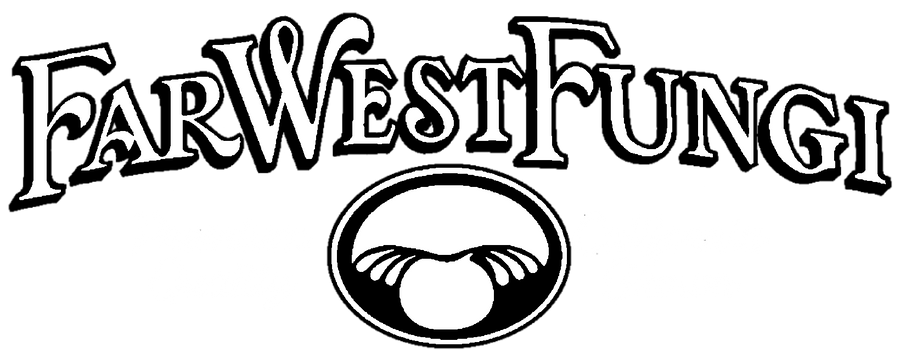Hedgehog Mushrooms

As we move into the chilly gloom of the late winter months, most of our favorite fresh foods are out of season. As we’re reaching for our root vegetables and cole crops, there is fortunately still one bright spot on our menu: the Hedgehog mushroom. While most people are familiar with Chanterelles – the ubiquitous but somewhat commonplace gold standard of the wild mushroom calendar – Hedgehogs tend to get tragically overlooked. With an apricot-like profile reminiscent of Chanterelles, Hedgehogs tend to be less waterlogged and more complex. Smoky, peppery, fruity, and buttery all at once, these toothy little guys are flavor powerhouses.
There are two types of Hedgehogs that grow in California, and both have adorable names. The Sweet Tooth Hedgehog (Hydnum repandum) tends to be slightly larger and more ragged in appearance, while the Belly Button Hedgehog (Hydnum umbilicatum) is smaller and neater, with a signature dimple in the center, like an actual belly button. It’s hard to tell them apart in a blind taste test. Instead of radiating gills, both varieties have characteristic downward pointing spines or teeth on the underside of their caps, which is presumably what has given them their name. They appear in the wet winter forests between November and early March, and are easy to spot with their pale gold caps practically glowing through the shadowy undergrowth. They are part of what we call the Late Winter Trifecta: Hedgehogs, Black Trumpets, and Yellowfoot, three hearty mushrooms that sustain us between the autumn luxury of Porcini and the vernal decadence of Morels. All grow at the same time, and in the same environment – and all compliment each other on the table.
Use a Hedgehog as a substitute in any recipe that calls for a Chanterelle. Toast them gently in a dry cast iron pan until what little water they hold evaporates, then chase them with butter and herbs right at the end, so they rehydrate slightly with melted butter. Then try not to snack them all right out of the pan before they make it into your recipe. Occasionally if you get a particularly spiny specimen, some of the teeth will break off while you’re cooking and clutter your dish with little flecks. It’s only an aesthetic issue, but if you’re an absolute purist, you can gently scrape the teeth off with a spoon before you cook them. This is the season for comfort foods, and fortunately Hedgehogs (along with the other members of the Trifecta) cozy right up with anything warm and soul-satisfying. Try them in cheese grits with a dash of Tobbasco and a drizzle of honey or maple syrup. A winter tradition in our kitchen is a hearty rabbit stew with butternut squash and Hedgehog mushrooms – always better the next day, soaked up with a chunk of crusty bread. An unlikely but fantastic technique is to candy them (simmer them in 1 part sugar to 1 part water until they become somewhat translucent), then use them like a relish on pork chops, or chop them up finely and bake them in a semi-sweet loaf of cast iron cornbread. However you use them, they are guaranteed to keep you warm and full until the days get longer.

